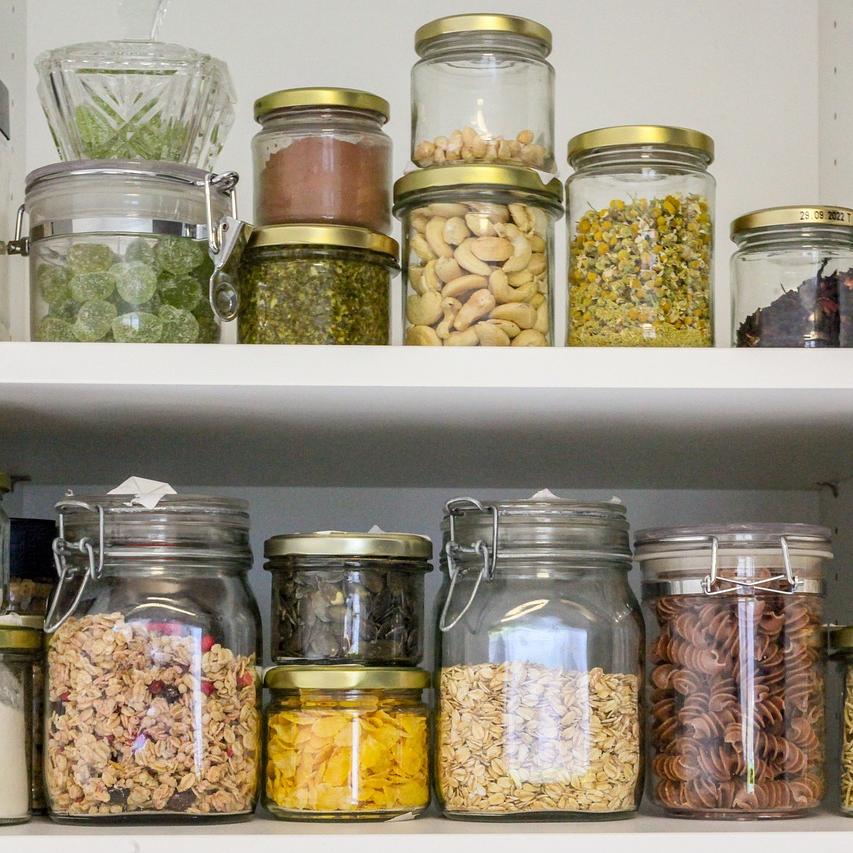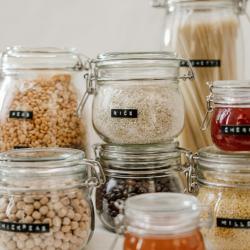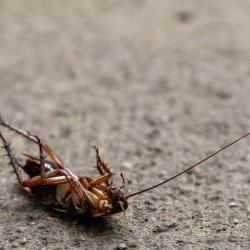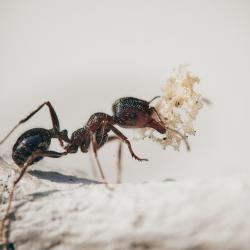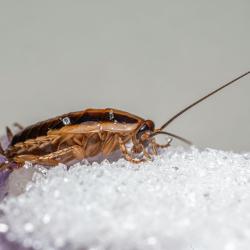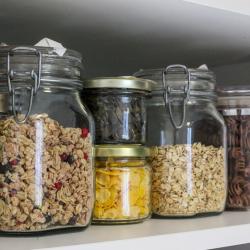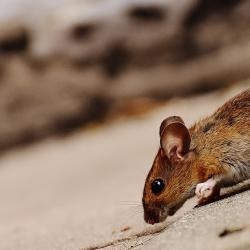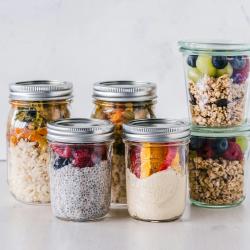How to Keep Your Pantry Organized and Free from Pests
A well-organized pantry is an essential component of a functional kitchen, not only making meal preparation easier but also ensuring your food items remain fresh and safe from pests. A tidy pantry helps in maximizing space and minimizing food waste, while proper organization can effectively deter pests that are attracted to clutter and food residue. Here’s a step-by-step guide to help you keep your pantry organized and pest-free.
Step 1: Start with a Clean Slate
Empty and Clean: Begin by completely emptying your pantry. This will allow you to thoroughly clean shelves and corners, removing any expired products and crumbs that might attract pests. Wipe the shelves with a mixture of warm water and mild soap. For a more thorough cleaning, consider adding a few drops of essential oil like peppermint or eucalyptus, which naturally repels insects.
Step 2: Sort and Declutter
Check Expiry Dates: As you empty your pantry, check the expiration dates on all products. Dispose of anything past its prime. This not only makes space for fresh items but also reduces the risk of pests being attracted to stale food.
Categorize Items: Group similar items together—canned goods, grains, baking supplies, snacks, etc. This will make it easier to find what you need later and prevent duplicate purchases.
Step 3: Use the Right Storage Solutions
Airtight Containers: Transfer grains, cereals, flours, and other dry goods into airtight containers. These containers protect against moisture and pests like ants and pantry moths. Clearly label each container with the contents and expiration date.
Mason Jars and Tins: For smaller items or those that are frequently used, consider using mason jars or decorative tins. They’re not only practical but also visually appealing, making your pantry beautiful and functional.
Step 4: Optimize Space
Utilize Vertical Space: Install adjustable shelving or use stackable bins and tiered racks to make the most of vertical space. This is particularly useful for storing cans and jars.
Door Organizers: Pantry doors can incorporate additional storage. Over-the-door racks or hanging organizers are perfect for spices, oils, and smaller items.
Step 5: Regular Maintenance
Weekly Check-In: Dedicate a few minutes each week to tidying up your pantry. Rearrange items as needed and wipe down surfaces to catch spills or crumbs promptly.
Rotate Stock: When you buy new items, move the older products to the front of the shelves. This "first in, first out" method ensures you use older items before they expire, reducing waste.
Step 6: Pest Prevention
Natural Repellents: Besides using airtight containers, place bay leaves or cloves with grains and flour as a natural deterrent against pests. Additionally, setting up small sachets of dried lavender or cedar chips can help keep bugs away.
Monitor for Signs: Keep an eye out for any signs of pest activity, such as holes in packaging or droppings. If you notice anything suspicious, take action immediately to avoid an infestation.
Professional Help: If prevention methods fail, and you find yourself dealing with a persistent pest problem, don’t hesitate to seek professional pest control services to manage the issue effectively and safely.
In conclusion, maintaining an organized and pest-free pantry is an ongoing process that requires some effort and vigilance. However, by implementing these strategies, you can create a pantry environment that supports healthy and efficient meal preparation while keeping unwanted pests at bay. A little organization goes a long way toward enhancing your kitchen's functionality and hygiene.
